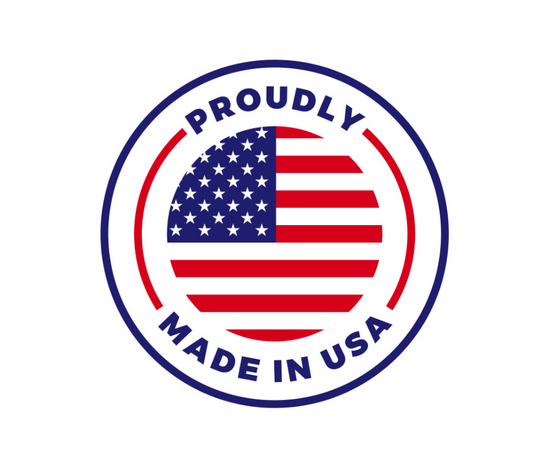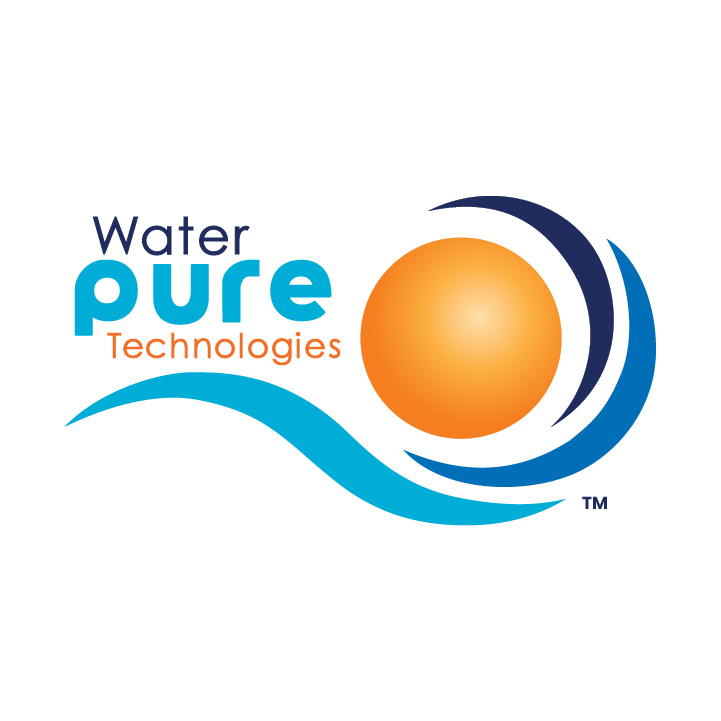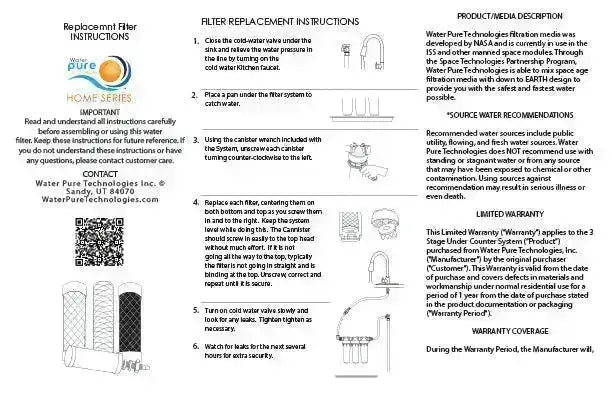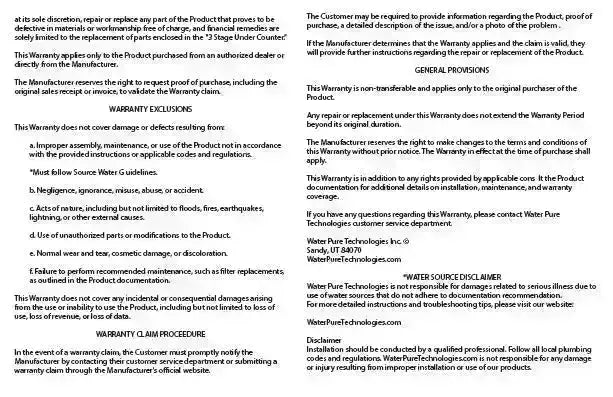Sediment Filters-Poly Wound String
-
Estimated Delivery:Apr 20 - Apr 24
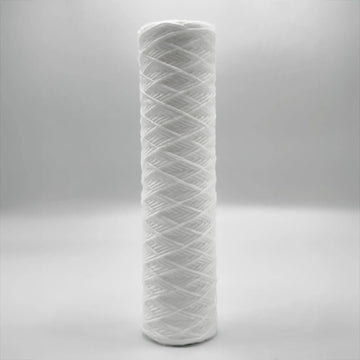
Sediment Filters-Poly Wound String
Poly Wound String Filter available in 2 sizes (Click on Pictures below the price), other sizes on special order.
2 1/2" x 10"
4 1/2" x 20"
In general, the String wound Sediment filters main purpose is to trap particles from water, they are rated by a “micron” number. This refers to the particle size that will be trapped by the filter. A fifty-micron filter traps particles of 50 microns or larger, while a 5- micron cartridge traps particles of five microns or larger.
They are further classified as “nominal” or “absolute.” A nominal 5-micron filter is one that traps 85 percent of the particles of five microns and larger. An absolute 5-micron filter is one that traps 99.9 percent of the particles of 5 microns and larger. For most purposes, nominal filters are fine, but when very high-grade water is required, an absolute-rated filter may be needed.
Sediment filters can be made of a variety of materials. Wound string or cord, polypropylene, polyester, cellulose, ceramic, glass fiber, and stainless steel are among the most common.
The most common general-use sediment cartridges can be divided into two categories:
1. Surface Filters. These are thin, pleated filters that trap particulates on their surface. Once the surface is filled, the filter is replaced. Surface filters are best if you are filtering sediment of similar-sized particles. If all particles are five microns, a pleated 5-micron filter works best because it has more surface area than other filters.
2. Depth Filters. These are the thick-walled common wound string or spun or blown cartridges that trap particles of larger size on the surface and smaller particles under the surface down to the center core. They are best when a variety of particle sizes are being filtered. As compared with pleated filters, they have a limited surface area, but they have the advantage of depth.
So ... which is best?
When dealing with sediment, especially in well water it is often best to experiment. Since people usually don't know the particle size, it's easiest to try different sediment cartridges until you find what gives you adequate water flow, an acceptable lifespan, and a good result in terms of particle filtration. Smallest micron isn't always the best.
If you have a reverse osmosis drinking water unit, 5-micron filtration is the standard for the sediment pre-filter. Using a smaller micron cartridge could reduce pressure to the membrane with negative results.
Spun or wound string?
We use them interchangeably. Manufacturers speak of the superiority of one over the other, we prefer wound over melt blown due to their ability to hold more dirt and sediment than their counterpart.
The important thing to know about sediment filters is that they only reduce sediment. They don't remove chemicals or heavy metals or make the water taste or smell better. Their main purpose is to reduce particulates before they enter the more expensive filters used in multiple filtration systems.
- Only use in Municiple tap water.
Shipping cost is based on weight. Just add products to your cart and use the Shipping Calculator to see the shipping price.
We want you to be 100% satisfied with your purchase. Items can be returned or exchanged within 30 days of delivery.
